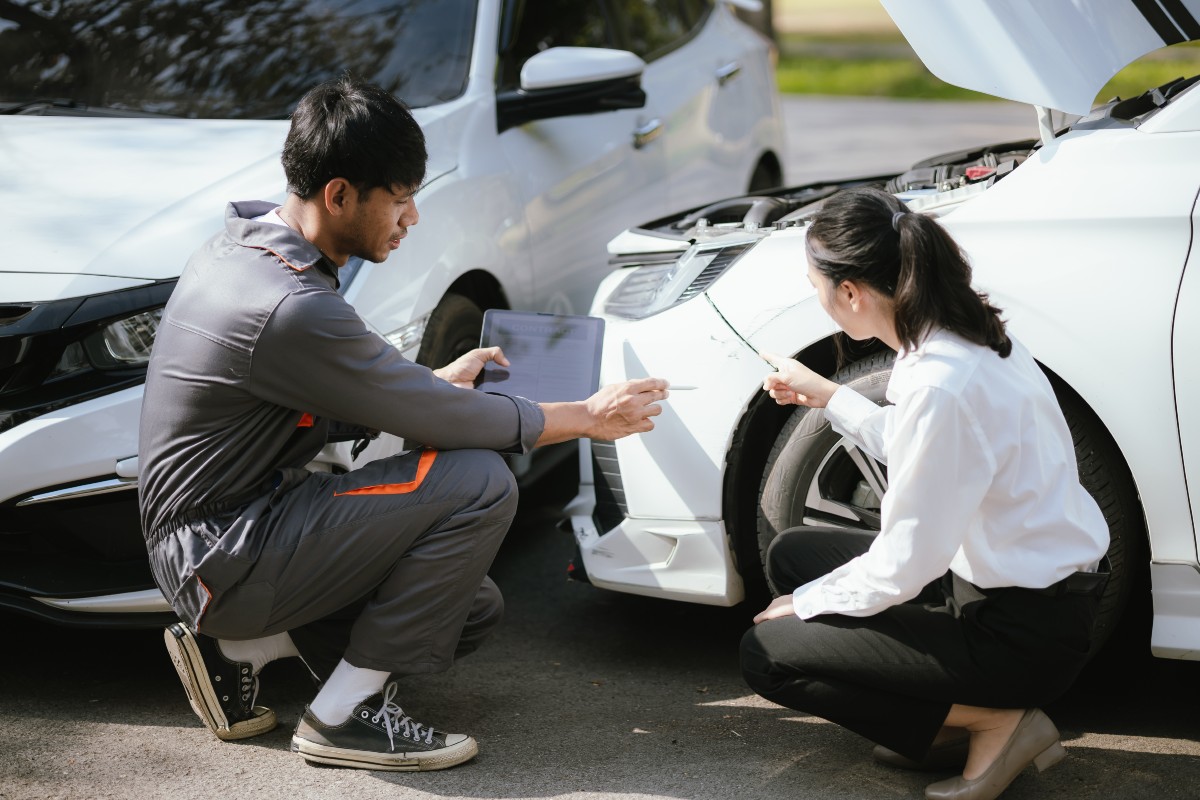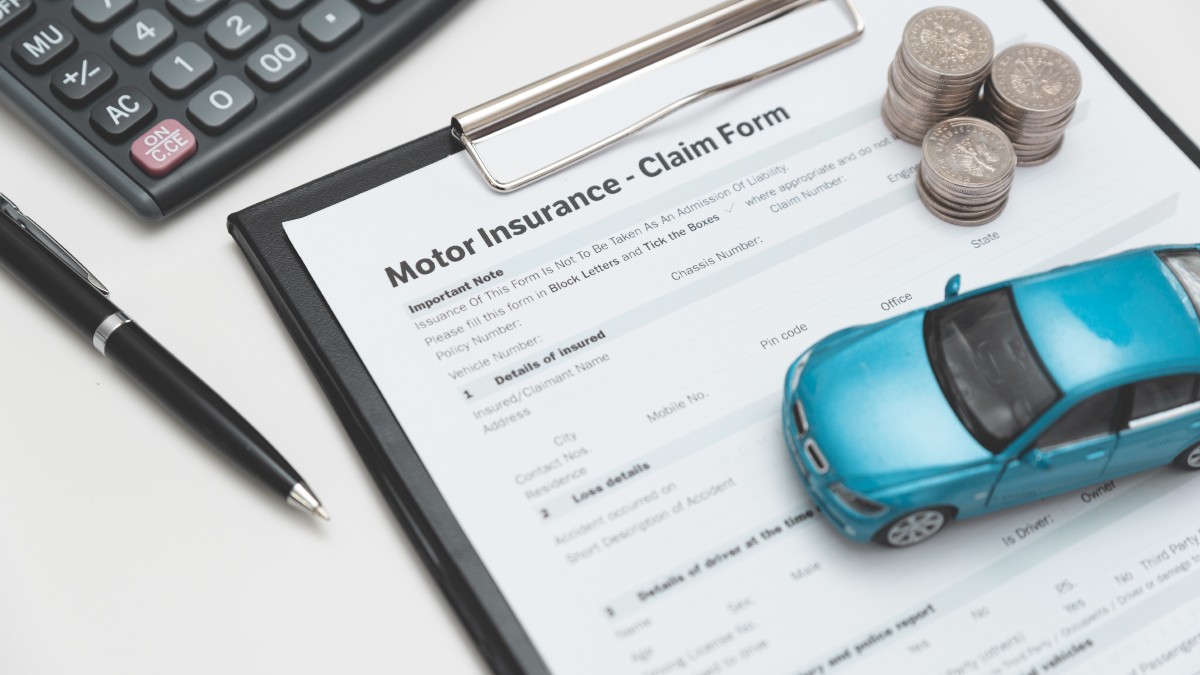Accidents happen, as they say. But when they happen behind the wheel of a vehicle, it often leaves you in a bundle of stress and uncertainty. To then have to worry about filing an auto insurance claim on top of everything else, it can feel overwhelming. That’s why we’re here to help, as our goal at Glover Family Independent Insurance is to make the process as smooth and straightforward as possible. Whether you’re dealing with minor damage from a parking lot dinger or the ramifications of a major collision, the step-by-step guide we’ve put together below should help you file a claim with confidence.
Step 1: Ensure Safety and Assess the Situation
In the event of any type of automotive accident, no matter how big or small, safety should always be the first priority. Move to a safe location and turn on your hazard lights as soon as you can, making sure to check that you and anyone in your vehicle is unharmed and okay. If other vehicles are involved, ensure that everyone else is unharmed as well, and be sure to call emergency services right away if there are in fact any injuries or significant property damage. For minor incidents, exchanging information with the other driver is often sufficient. While assessing the situation, be sure to record the following information in whatever fashion is most convenient, as they’ll be essential when filing your claim:
- Date, time and location of the accident
- Weather and road conditions at time of the accident
- Contact information for all parties involved
Step 2: Document the Damage
It’s incredibly important to ensure accurate documentation of everything related to the accident in order to achieve a successful claim. You should take photos and/or videos of the damage to your vehicle as well as any other property affected by the collision, as early as possible to ensure accuracy. Make sure you capture different angles of the damage to provide as clear a visual record as possible, and document any bodily harm and injuries as well. The more information you provide, the easier it will be for your insurance company to evaluate the claim. With that in mind, here are a few additional things you should make sure to document:
- Names and contact information of any witnesses
- License plate number and vehicle information for all parties involved
- Police report number, if applicable

Step 3: Notify Your Insurance Provider
Do not wait to get in touch with your insurance provider after an accident. We know it can be stressful and anxiety-inducing to have to deal with things like this, especially right after the incident, but it’s important to let your provider know what happened as soon as possible so they can get to work. Many companies out there, including Glover Family Independent Insurance, will offer convenient options for reporting claims online or through a mobile app.
During this process, or during the course of an initial call with your representative, you’ll be guided through the next steps you need to take. Be prepared to share any and all of the details you’ve gathered up to this point, and you’ll be informed of any additional information you need to gather. You should also be given information regarding how your coverage will apply to the incident, including your deductibles and any repair options.
Step 4: File the Claim
The next step is filing the official claim. Whether you can do this online, over the phone or via an app will depend entirely on your insurer. If you work with us here at Glover Family Independent Insurance, you can rest assured that we make the claims process as hassle-free and easy as possible. Once the claim is submitted, you’ll receive a claim number that you should keep for tracking purposes and any future correspondence with your agent.

Step 5: Work with the Claims Adjuster
Once your claim has officially been filed, it’s time to work with your claims adjuster. This is an individual who will be assigned to your case. It’s their job to review all of the details, reach out for additional information that they require and, often, schedule an in-person inspection of the vehicle, if necessary. If your vehicle was taken to a repair shop or dealership and you were provided with a repair estimate, they’ll also assess these estimates. Alternatively, they can often provide recommendations for approved repair facilities. Be sure to keep the line of communication open with your adjuster throughout this process, responding promptly to ensure an efficient process.
Step 6: Repair and Resolution
After your claim has been approved, it’s then up to you to proceed with vehicle repairs. You’ll have to provide the chosen repair shop with your claim number and then confirm any details with your insurance provider. Depending on the insurer that you work with, they may provide billing directly to the repair facility, or you might have to cover the up front costs on your own and then be reimbursed upon completion.
Make sure you investigate as to whether or not your policy includes rental car coverage. If it does, be sure to take advantage! Work with your provider to determine the options for temporary transportation that are available to you. Once repairs to your vehicle are fully complete and you return any rental vehicles, the claims process will officially come to an end. The last step is just for your adjuster to confirm everything was resolved, and you’ll receive any reimbursements or payments outlined in your coverage.
We hope this step-by-step guide eases your mind and provides you with a rubric for the process. If you have any questions or are looking for an insurer to work with, don’t hesitate to get in touch with us right here at Glover Family Independent Insurance.


